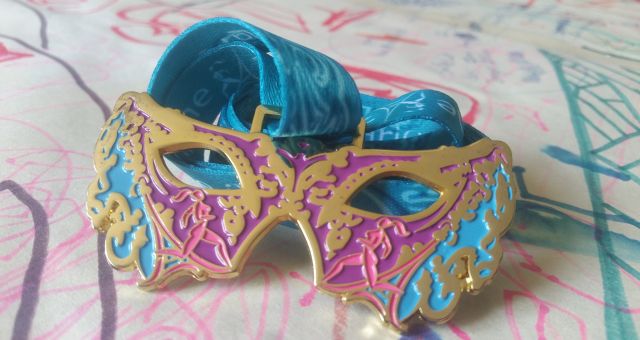I didn’t understand my son’s “Are animals in candy?” question until he clarified “…you know, when pigs are turned into candy?” And then I understood exactly why/where/when/what was being asked.
That moment was my version of the birds and the bees conversation: being called out on a truth that might not be talked about much or ever to kids…until ones wide-eyed offspring innocently question some aspect of how the world works. S0, into the void: gelatin. Gelatin is not an alternative fact, but a real ingredient that is used in lots of fun, tasty foods. Unfortunately (for vegetarians who like said fun, tasty foods) and undeniably (for those who attempt to answer their kids’ direct questions with direct answers), gelatin is made from animals. It comes from pigs…and cattle, chicken and fish. Yes, Wilbur from Charlotte’s Web. Yes, Peppa Pig. Yes, Rosita from Sing.
Anyone who knows me well knows that I’m hooked on sugar. Don’t drink, don’t smoke — what do I do? SUGAR. Sugar is what I do. When friends and family visit from the US, they gift me the best/worst of the best/worst: Red Vines, Twizzlers, Lucky Charms. They’re devoured immediately. Wanting to “go local” with my sugar habit while living abroad, I was happy to discover gelatin-free Veggie Percy candy. While not as fabulously chewy as gummy bears and sour peaches, they disappeared quickly on movie night.
While at Marks and Spencer to restock my pantry’s top shelf (literally and figuratively), I found a whole line of other fabulously branded, cleverly-named, Percy Pig™ candies. They are even better AND are free of artificial flavors and colors. Score! (Foreshadowing.) My excitement was crushed all too soon by reading “pork gelatin” as the third ingredient. Turns out, Veggie Percy is the exception — the *only* gelatin-free product in this line. Sadly, Phizzy Pig Tails quite possibly contain actual pig tails. When I explained why I was crestfallen, my ever-inquisitive son asked exactly how chewy stuff is made from pigs. This video — while not exaggerated, inaccurate or gory — is grim as it shows the process in reverse: candy consumption reversing t0 candy manufacturing reversing to gelatin production reversing to a live pig unaware of its destiny:
My son understands that we are vegetarian and that we eat “vegetarian” food. He is starting to understand (as I am) that many seemingly “vegetarian” foods contain non-vegetarian ingredients. Until recently, if the principal ingredients were vegetarian, that was good enough. I didn’t want to make a stink or inconvenience anyone (myself included) — inertia and denial can be practical survival tools. However, after reading Eating Animals, I started reading labels and modifying my purchases. “Voting with my wallet” became more important — not only as a silent, solo endeavor, but as a way of living my values out loud.
This was/is bad news for my junk food consumption because preservatives and agents used to make foods smooth/chewy/thicker/harder/softer are often non-vegetarian…and candy is filled with these types of ingredients. As an individual, once certain things become known, they cannot be forgotten or ignored. As a parent, the impulse to turn away is swiftly met with my son asking: why. As he begins to read, he literally sees what I do — from marketing claims to ingredient labels.
He’ll make his own food purchases eventually, but for now, I explain why I do what I do when he asks (…which is most the time). As vegetarian substitutes are increasing their market share, their quality, diversity, and cost are all improving. While eating lower on the food chain is usually the healthiest choice, the rapidly expanding food science and food technology industries make incorporating vegetarian elements more accessible and convenient. Hopefully, someday, food will be altogether gelatin-free and he won’t have to choose.



